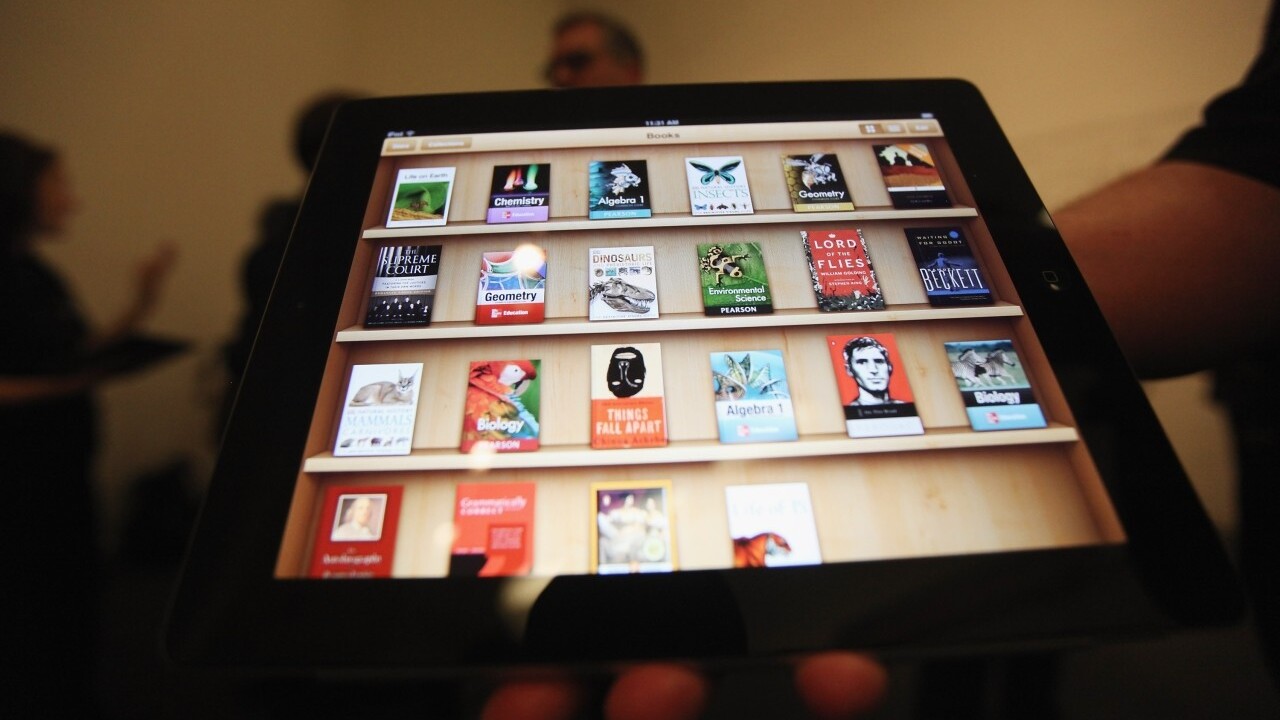
Paul Jarvis experiments with words and design. His latest book is called The Good Creative: 18 ways to make better art.
The advice you see on blogs telling you how to get people to buy your book is all pretty much awful. Guaranteed in five easy steps!
This isn’t because of bad intentions or even some sort of trickery, it’s just that there’s no one-size-fits-all solution to generating sales for your book.
You can achieve success—however you define success—by doing practically anything that goes with or even against current advice online for self-published book marketing. The “self” in self-publishing means you’ve got the reins.
Save the silver bullets for werewolves (especially if you’re writing a book about werewolves). If there was a silver bullet, everyone would be doing that one thing, and it would get so watered down that it would become completely ineffective.
Tactics that game the system also tend to stop being able to game the system fairly quickly. So by the time you’re reading about it, it’s already too late to use it.
And keep in mind, if you simply try every piece of advice out there on marketing your book, you’re going to spread yourself way too thin to be effective.
Marketing your self-published book involves a lot of focused work, typically as much work as it took to write the book in the first place. And there are no guarantees. But without marketing your book, no one beyond your friends and family will read it.
The good news, if you’re still with me (and I hope you are), is that the best person to market your book is you. You know the book inside and out, you know your own story, and you know your audience.
I’ve always approached book marketing as experiments. I try something that may or may not work, and if it does, great! If it doesn’t, then I don’t try it again.
I’ve given away llamas, run contests simply because it was Thursday, launched books in every platform that would have me, and tried so many things even my own head spins a little (you can read about the specifics in this PDF).
I’ve sold, given away, bundled, and sold the foreign rights to my books to the tune of almost 100,000 copies. I’m no Stephenie Meyer (probably because none of my books have werewolves), but for a self-published guy who knew nothing about the industry when I started, I’ve done alright.
For every book I’ve written, I’ve tried at least a handful of new ideas to get it to the right people. Mostly though, I’ve learned that as long as I’m having fun marketing the books I write, and enjoy trying weird and interesting ideas, then I’m happy to keep going.
Base your marketing plan on your intentions
The way you market your book should be based on two things: your values and the intentions for the book. If something feels slimy or inauthentic, don’t do it. You should never let a bit of exposure trump your values. Short-term gains that feel wrong seldom result in long-term growth as an author. They can also decrease your social capital.
The intentions for your book can really be anything—credibility and status in your industry, increased bookings for speaking, consulting or projects, building your brand, further educating your audience with a new point of view on a subject they care about. Your book, your intentions. And however odd—because anyone can write a book now—books are still a strong signal that you’re an expert on a topic or in a field.
If your intention is to sell a million copies or get on a best-seller list, that’s more the result of many things going right, since it’s really out of your control. Plus, most of the time, you’re just going to be disappointed with that for a goal. Only a handful of books sell a million copies or get on the NYT or WSJ lists. And you don’t need either to make money or build credibility (or even to have fun with your book).
A few of my books are “best-sellers” and it was really just a result of trying lots of things that slowly pushed sales higher. It’s a war of attrition on experimenting, failing, learning, and continually pushing for more exposure and connections.
Your intentions also have to match the content and message of your book. For example, if you write a book about American Condors (which are EPIC, seriously), your intention can’t really be to get more gigs speaking on the web design circuit.
Or, if your book is about a super specific topic that relates to a teeny-weeny group of people, it’ll never be a massive best-seller (but can definitely become a phenom in that small group).
It’s them, not you
Once you’ve got an intention, move onto your audience. Who are they? Why will they care? Where do they currently get their information from?
If you don’t know who your audience is, consider this:
- Why did you write the book?
- What do you want people to get from it?
- Why would those people be motivated to get information from your book?
From there, think about what motivations people would have in common who would find that end result of your book valuable.
An audience of “everyone” is typically too big to grasp or connect with. Where does “everyone” get their information? There’s no single source. What motivates “everyone” to learn something? There’s no single motivation. What does “everyone” care about? There’s no single topic.
You get the idea… “Everyone” is not your audience.
Your audience is a specific set of people with specific motivations and values. They’re much easier to reach and connect with than everyone.
Your audience is probably awesome, but they are also self-serving and need to know what’s in it for them (it’s just human nature). What are they going to learn that can’t be found anywhere else? How will they benefit from this knowledge? How can they apply that knowledge to better their lives, careers, or wallets
They’re putting both their money and their time into the book, so they need to be sure it’s worth both. Even free books have a large investment of someone’s time.
Meet your audience where they hang out
Once you have a handle on your audience and what motivates them, you’ve got to go to them. Where are they currently getting their information? Which blogs, podcasts, publications, influencers, media outlets do they consume?
Make a list that includes contacts at each source. Their name, email address, and social media profiles. Then start to follow them, interact with them in a way that fits with you, help if they ask any questions or need assistance. Get on their radars. Keep notes about your interactions.
If it’s a publication that accepts guest posts, start pitching them. If it’s a podcast, ask to be a guest. If it’s a blog that does interviews, ask to be interviewed.
In each instance, lead with what’s in it for them and their audience. Also, keep notes on which people you’ve pitched, and if they accepted or turned you down (so you don’t pitch the same person the same idea twice).
Not many people are going to promote you and your book out of the goodness of their hearts, unless you’ve built strong relationships with them first. It’s better to pitch yourself and your book on how it relates to their audience and how it will benefit their audience. Just like figuring out the motivations of your audience in order to sell books, you’ve got to figure out the motivations of the sources your audience consumes to pitch what’s in it for them to feature you.
Marketing tools
As I said at the start, there’s no single way to market a book that’s guaranteed to fit with your personality and also have massive results. What you can do is align your book with your intentions and values, and constantly work at moving in that direction.
Selling your book and selling what’s in your book is the same. You wrote a book because you wanted to convince people of an idea. Marketing your book is really just convincing people that the idea is worth the purchase price and time to read it.
The tools you use to market aren’t just creative or design decisions, they’re marketing choices that need to align with your intentions and your audience.
These are tools you need to have in place to launch any marketing plan:
Book title
What are you delivering in the content? Is the title easy to remember? Is it both descriptive and captivating? If necessary to explain the premise more, use a byline to push just a little more information on the cover.
Use it to narrow down your audience (who it’s for, who it’s not for), get more specific or describe the key point.
Book story
What story are you telling with your book in one to two sentences? Use this for pitches to media, your mailing list, or as the call to action on your site.
Why is the story interesting? Test different one-sentence stories on social media (and measure the resulting clicks) or on your newsletter (using A/B tests). Adapt your story based on what performs best. Your story is how you describe your book in writing or in interviews.
Cover
Does it look professional? This is the biggest factor. Because anyone can publish a book, you don’t want your cover to look like you made it yourself (unless you’re a pro book cover designer). It has to look as good or better than the biggest books in your category.
Author bio
You need three of these: one sentence (for things like social media bios), one paragraph (for bylines on guest posts), and one page (for all the details).
Include your relevant accomplishments, relevant credentials, previous books, press mentions (“as seen in X”), and anything interesting that your audience will think is interesting, too. If you have a hard time writing something that balances being criminally egotistical and not boastful enough, ask a friend, editor, or reader to help write it.
Sometimes it’s easier for someone else to talk about you than it is for you to talk about yourself.
Author photo
For self-published books, you want more professional and less Instagram selfie. Use a pro camera or hire a professional to make sure you’ve got a photo that looks as good or better than the top authors, and also matches the style of your writing (if it’s casual writing, wear a t-shirt, if it’s formal, wear a suit or sleek black dress, etc.).
Make sure your face is the biggest part and the focal point of the shot. Save your creativity for your next poetry-slam.
Book description
You also need three of these: one sentence, one paragraph, and one page. This is less a summary of the content and more the sales pitch on why someone needs to read it.
What’s interesting, noteworthy, or newsworthy about it? What’s the most important thing your audience will learn? Why should anyone care that you wrote it? What is the benefit of reading it?
Blurbs
These prove that someone, typically more well-known than you, not only wanted to read it, but liked it enough to publicly endorse it. There are three general types of book blurbs: press mentions from recognized media sources (places where your audience gets their information), key industry influencers (names your audience will immediately know and be impressed with) and clients/customers (who benefitted from reading it).
Landing page
This is the sales page for your book on your own site. Include all of the above, with links to buy the book through your own payment processor (like GumRoad) or Amazon, B&N, iTunes, etc.
Mailing list
Hands down the most useful tool, however you use it, is your mailing list. Start collecting emails before your book is ready (with a coming soon landing page), use it as an announcement list when your book is ready, and use it to consistently communicate with your audience.
There’s no better way for an author to talk to their audience and sell books than a newsletter.
The grand finale
These tools are all opportunities to sell your book using whatever marketing method you feel resonates the most with you and your audience. Your choices on cover, title, blurb, and bio all need to be carefully crafted with your audience in mind.
The key—the absolute key—to marketing a book is to have written a great book that people actually want to read and then talk about.
Write for your audience, not for yourself (even if it’s a memoir). If the quality doesn’t happen within the pages of the book, no amount of marketing is going to help in the long run (even if you pay for it).
Books are sold by word-of-mouth and regular people talking to other regular people about what they read. Press and publicity help, but the best promotion comes from people telling the people they know to read something. Write something worth reading and worth gushing about. Is it difficult to do? Totally. It requires lots of work, revisions, editing and testing. If is it impossible to do? Hell no.
Less convincing and hard selling needs to happen if people can easily grasp your concept and want to get your insight on your chosen topic. So be clear, be useful, and be unique.
Have all of the above in place well before you launch your book. Plan out exactly how you’re going to market your book, using the tools above as laser-focused weapons to slice through the existing noise of everyone else’s self-published book.
Curious for more details on my book marketing strategies? Grab my “Anatomy of a Self-Published Book” PDF here. I break down what I did for marketing each previous book, as well as the exact costs for my latest book.
Read next: The common elements of good storytelling
Get the TNW newsletter
Get the most important tech news in your inbox each week.









